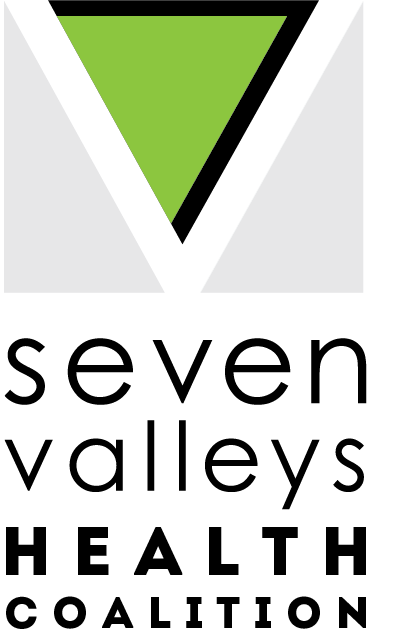Food For Thought
When we discuss hunger, a lot of terms are thrown around that may be confusing. Using phrases like food security, food access, hunger, and nutrition security can obscure the facts and ideas. Below is a quick primer to help decipher the lingo so you can join in on the conversations and the solutions.
Food Security
Food security means that all people, at all times, have physical, social, and economic access to sufficient, safe, and nutritious food that meets their food preferences and dietary needs for an active and healthy life.
Food Insecurity
The U.S. Department of Agriculture (USDA) defines food insecurity as a lack of consistent access to enough food for an active, healthy life.
While households are often described as either food secure or food insecure, four levels of food security describe the range of households’ experiences in accessing enough food. Households with high food security and marginal food security make up the food secure category, and households with low food security and very low food security make up the food insecure category.
High food security (old label=Food security): no reported indications of food-access problems or limitations.
Marginal food security (old label=Food security): one or two reported indications—typically of anxiety over food sufficiency or shortage of food in the house. Little or no indication of changes in diets or food intake.
Low food security (old label=Food insecurity without hunger): reports of reduced quality, variety, or desirability of diet. Little or no indication of reduced food intake.
Very low food security (old label=Food insecurity with hunger): reports of multiple indications of disrupted eating patterns and reduced food intake.
Hunger
Hunger refers to a personal, physical sensation of discomfort caused by insufficient consumption of dietary energy. Hunger becomes chronic when the person does not consume a sufficient amount of calories (dietary energy) on a regular basis to lead a normal, active and healthy life.
Nutrition Security
Nutrition security takes all the aspects of food security and adds on health components. Nutrition security is secure access to an appropriately nutritious diet, comprising all essential nutrients and water, coupled with a sanitary environment and adequate health services and care to ensure a healthy and active life for all household members.
Let’s dive a little deeper!
Food advocates and researchers are considering dropping the term ‘food security’ in favor of ‘nutrition security’.
That’s because it is not enough to provide adequate calories to people who need food; those calories should come from foods that promote health.
US policies to address hunger and food insecurity have focused largely on providing sufficient calories or quantities of food. However, effectively addressing the current diet-related challenges in the US will requires use to move beyond ‘food security’ to the broader concept of nutrition security.
This approach can inform the way public policy is shaped, research is conducted and clinical care is delivered.






